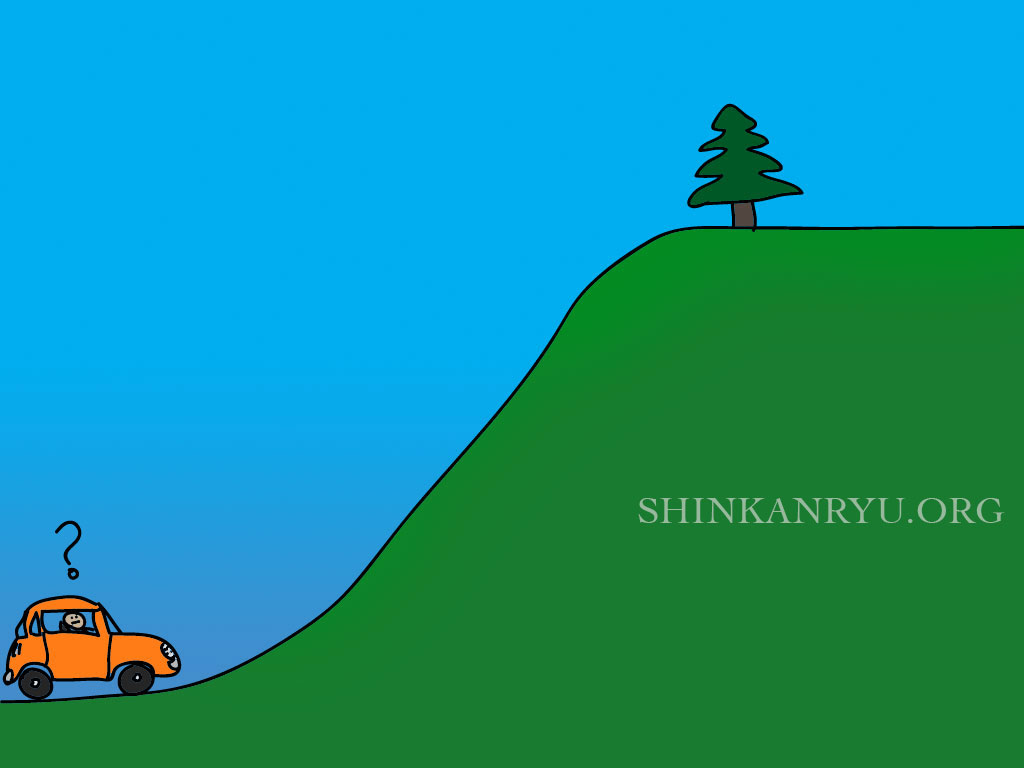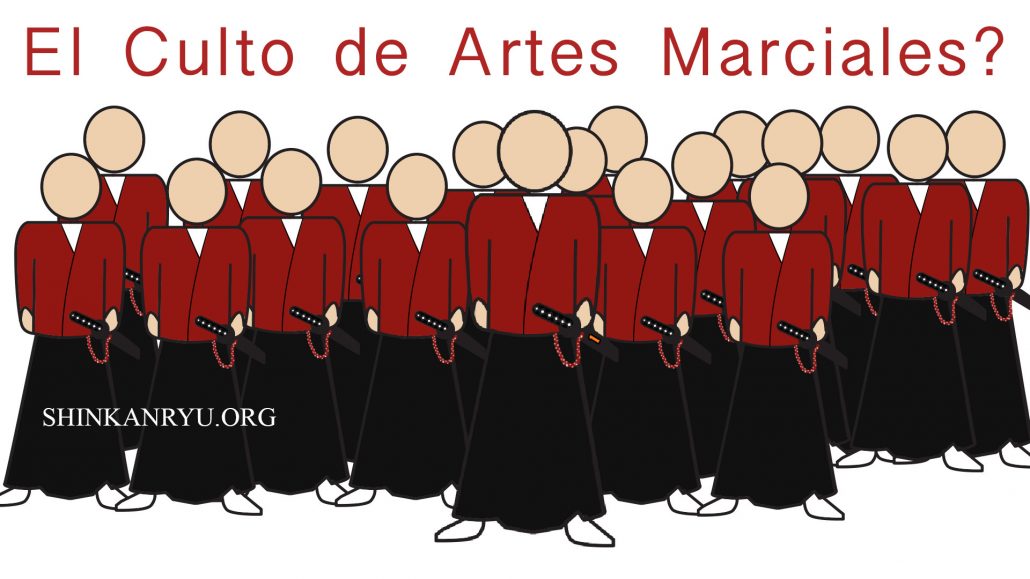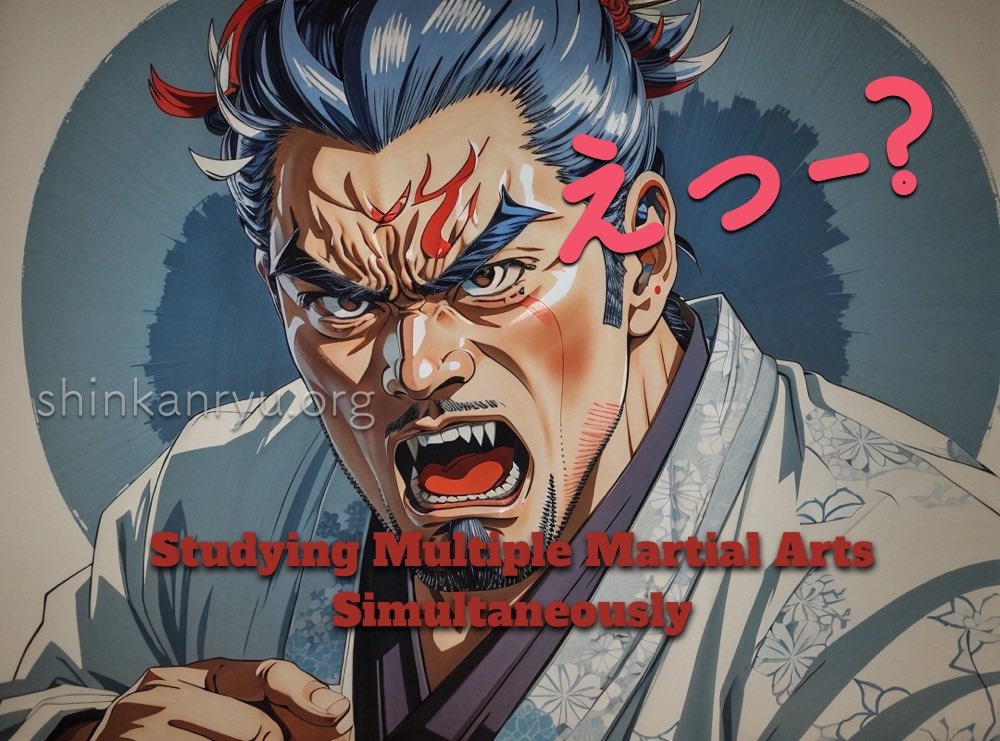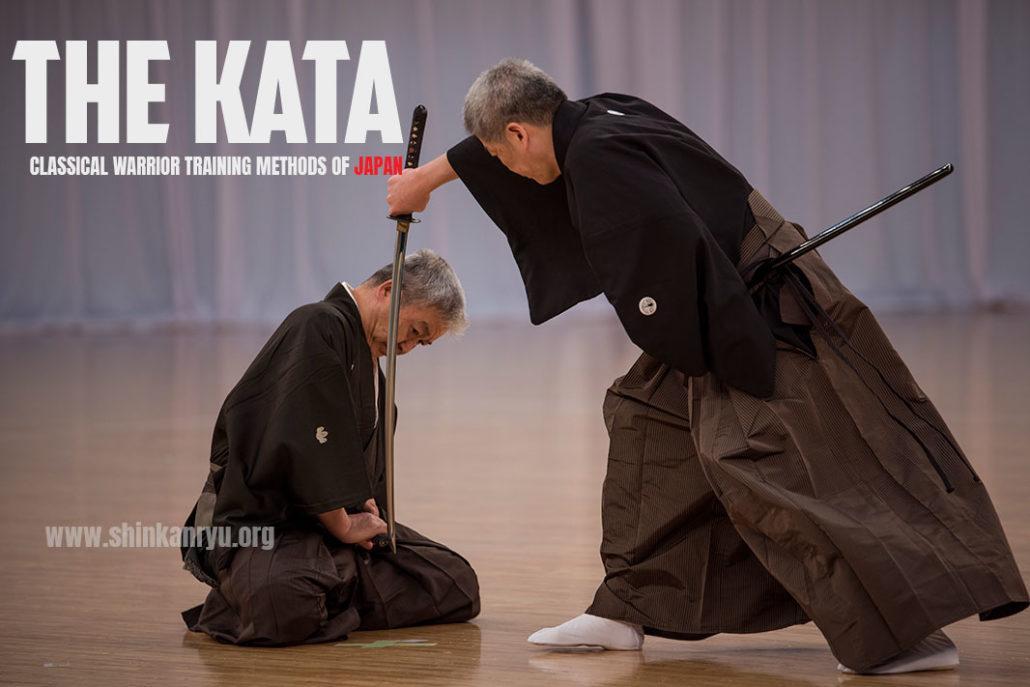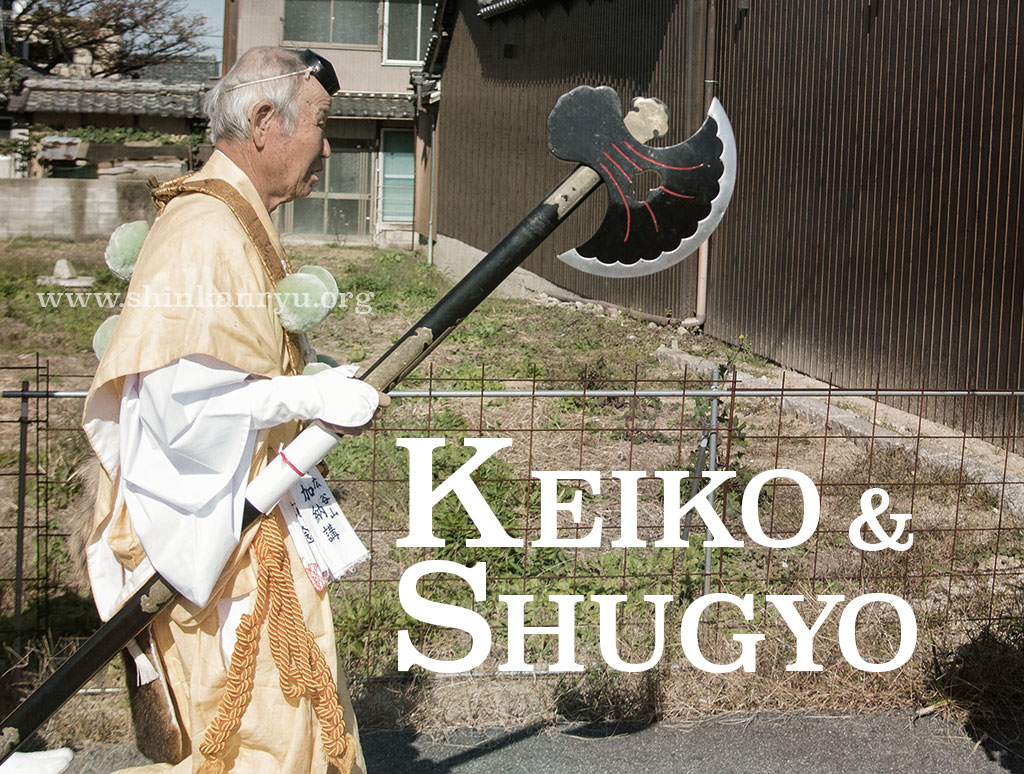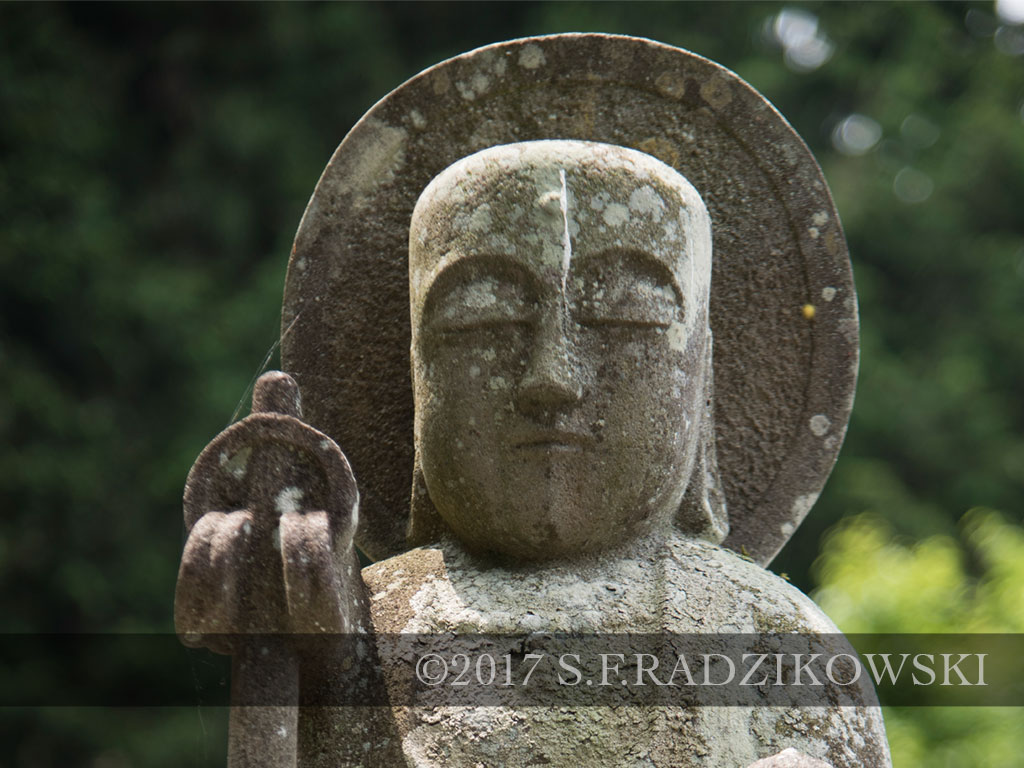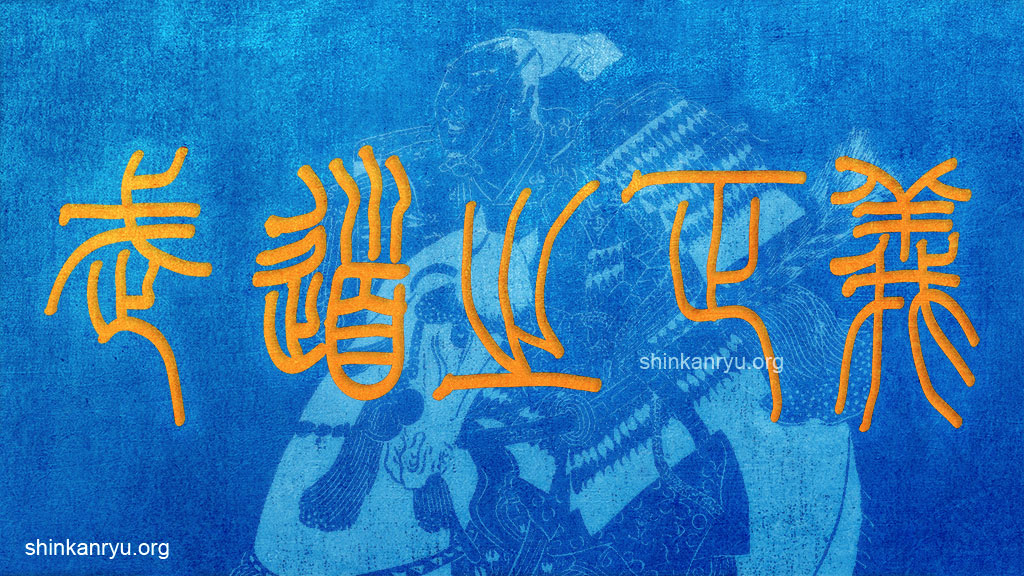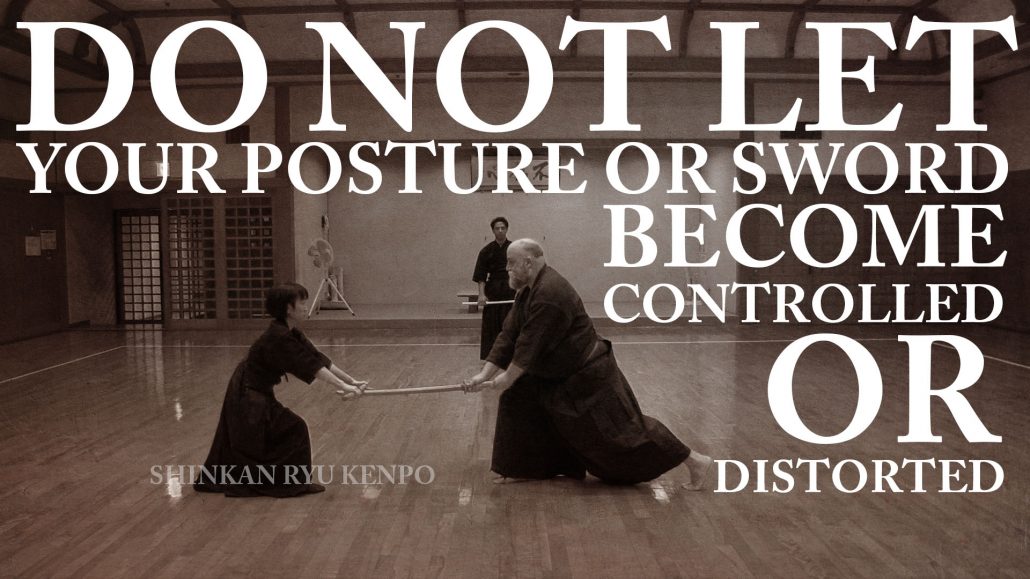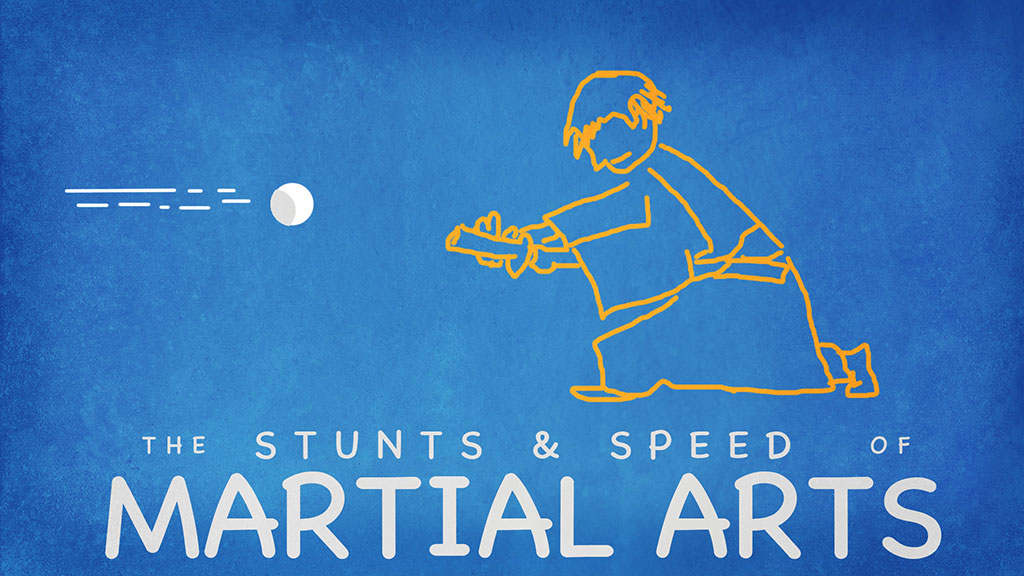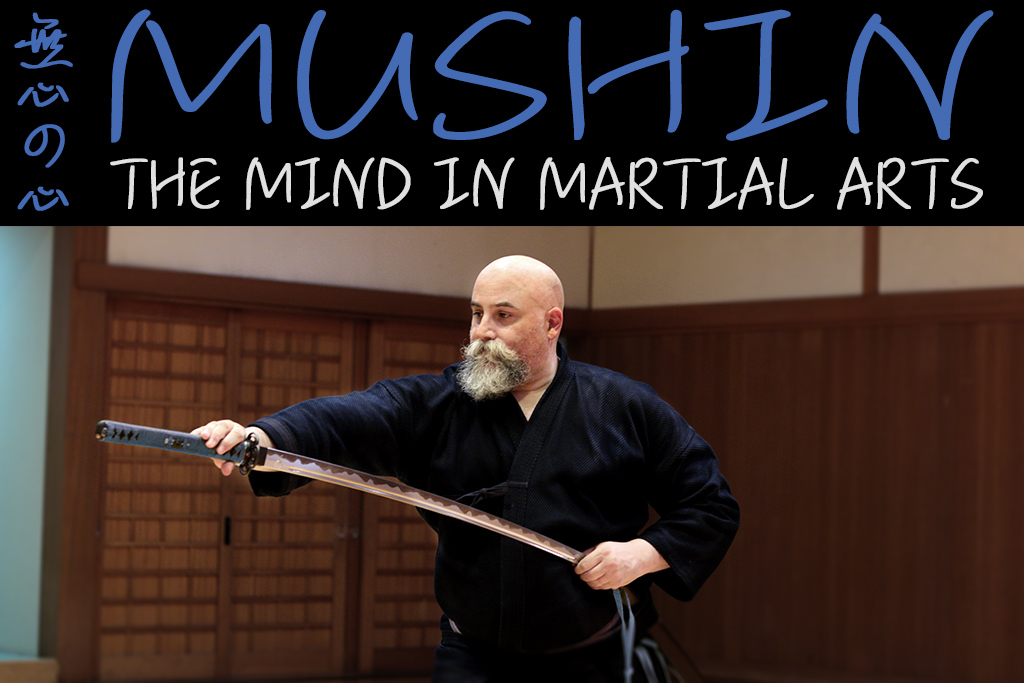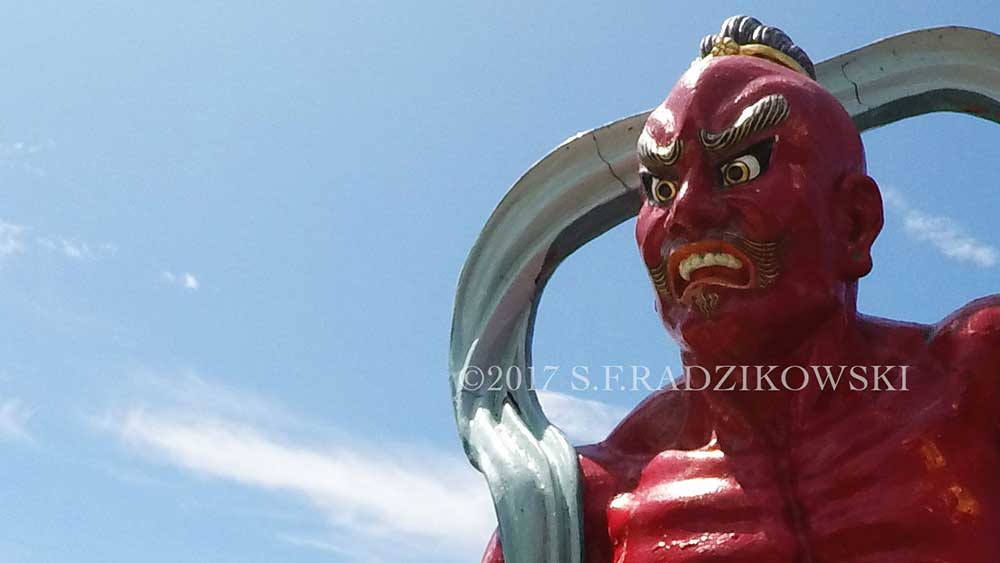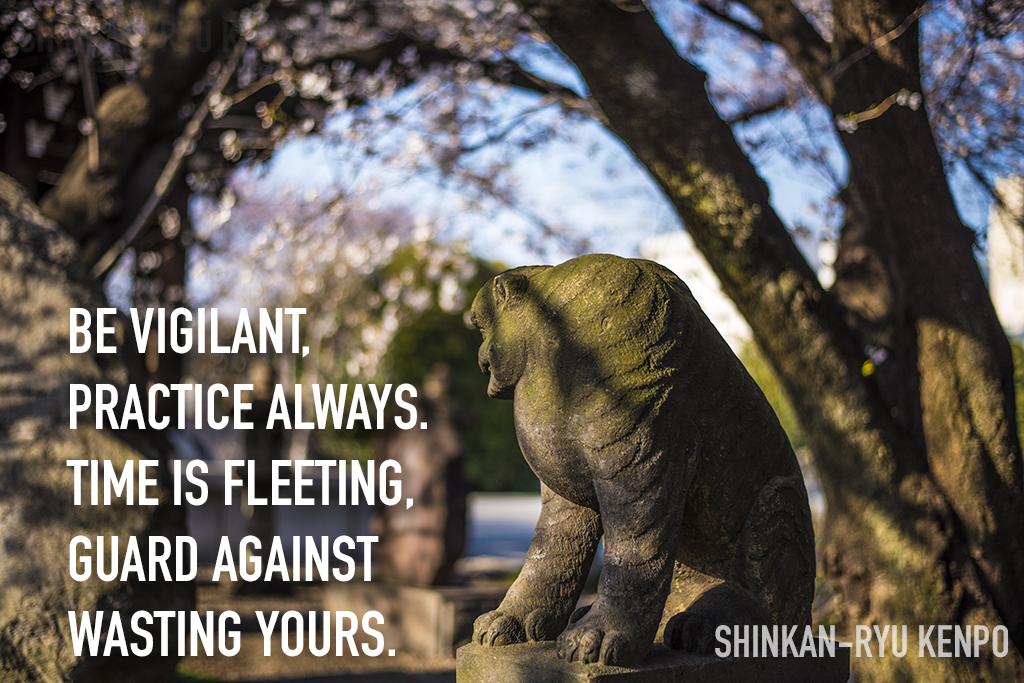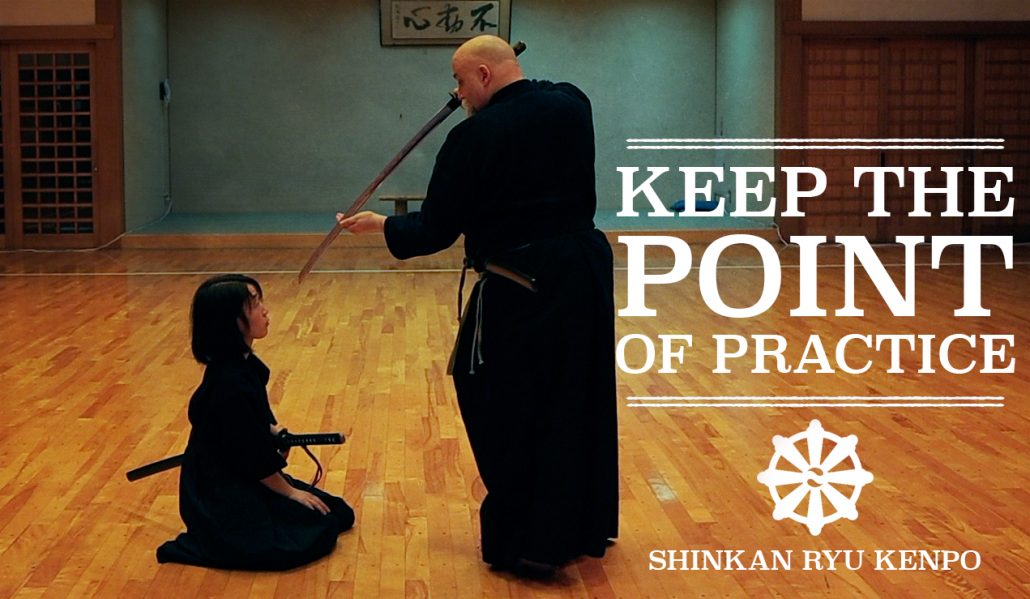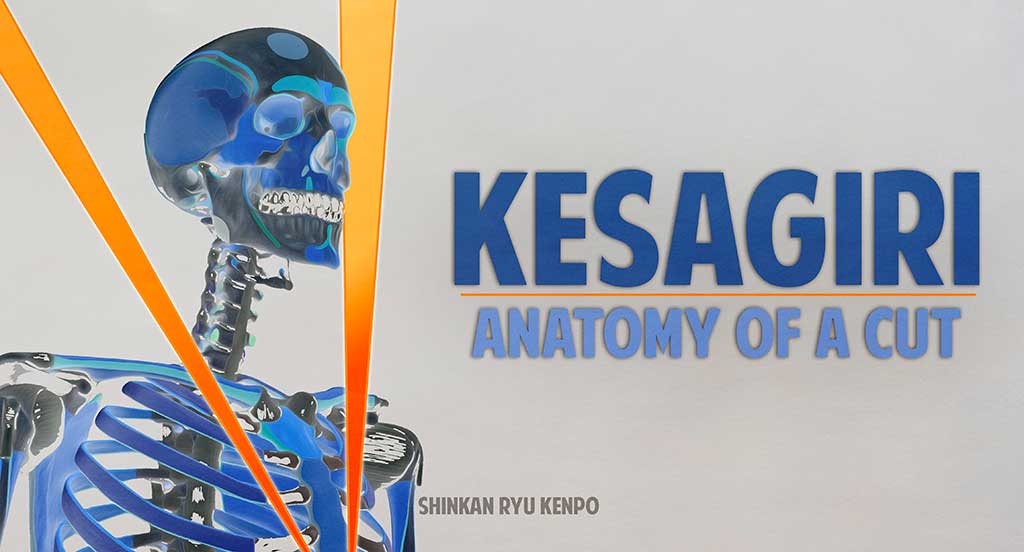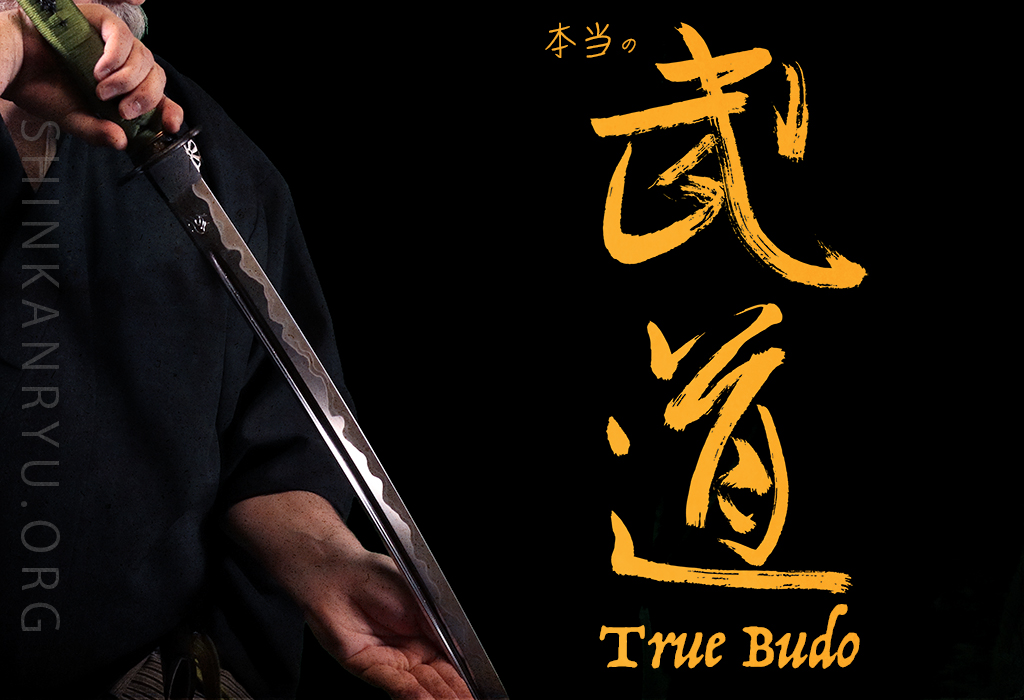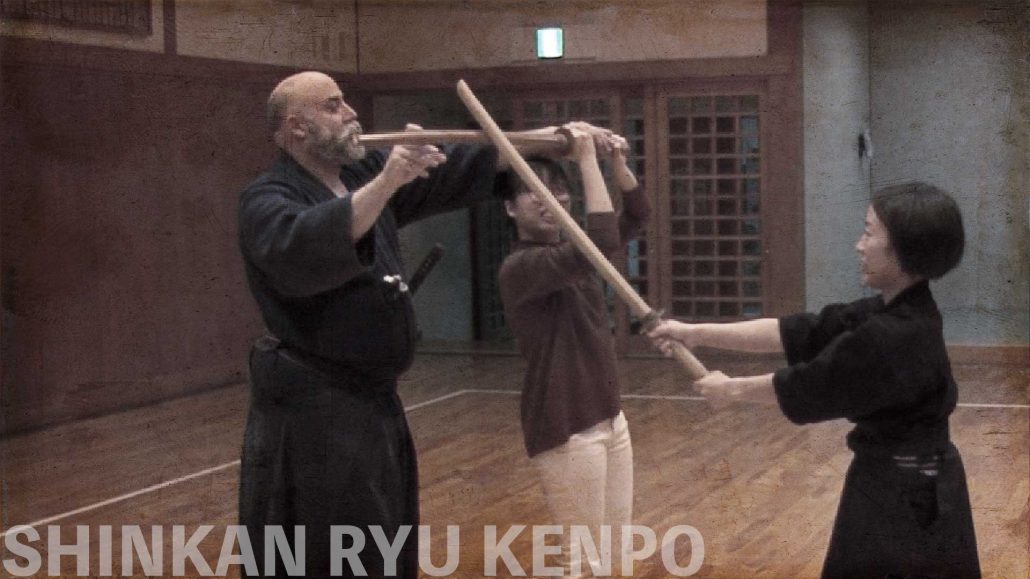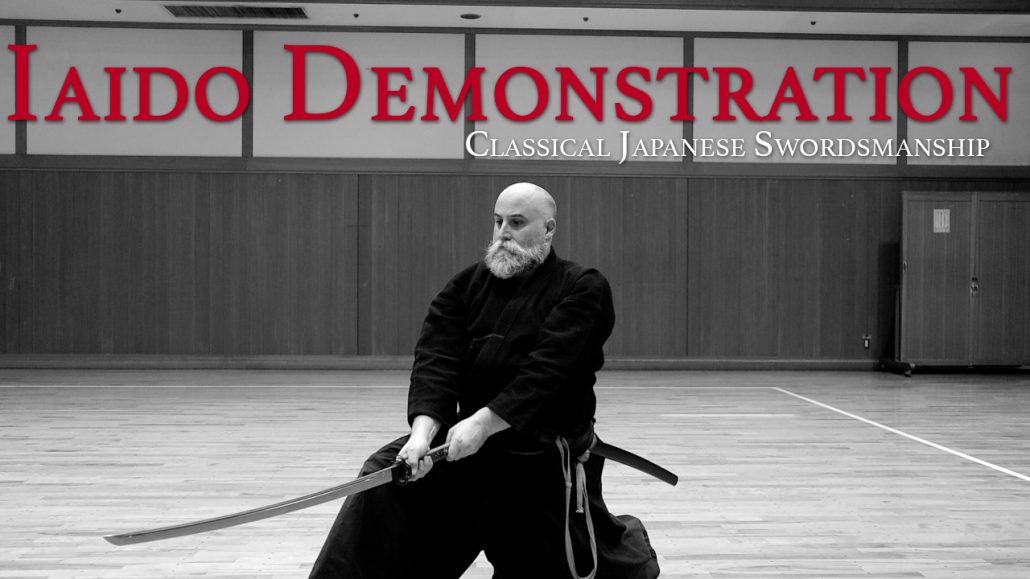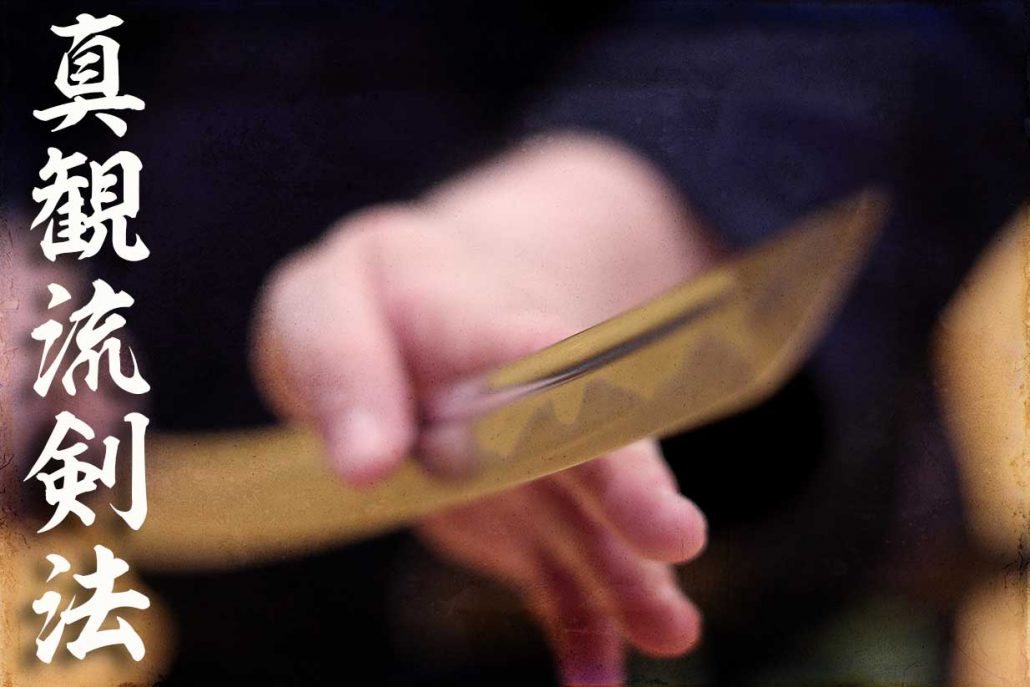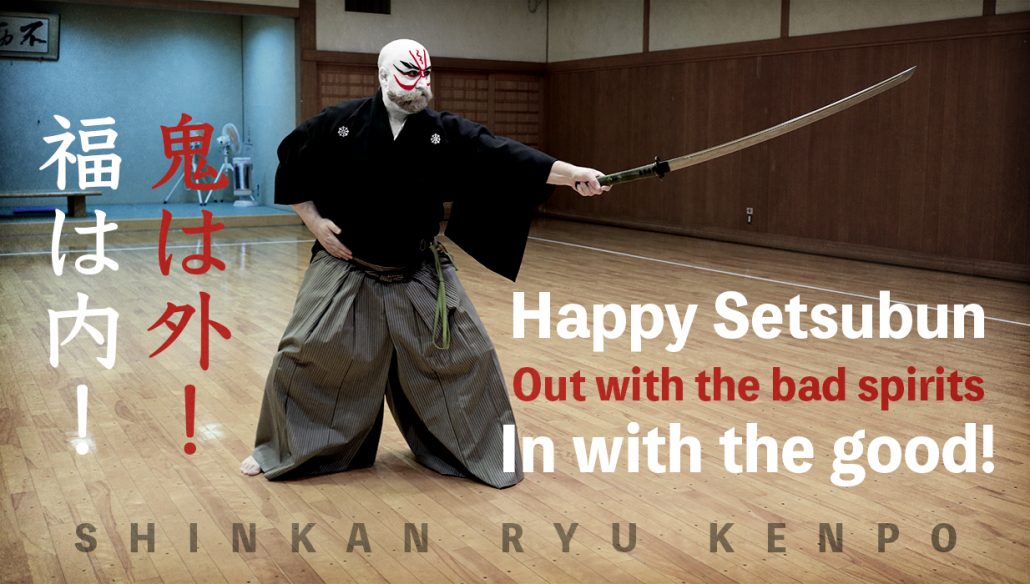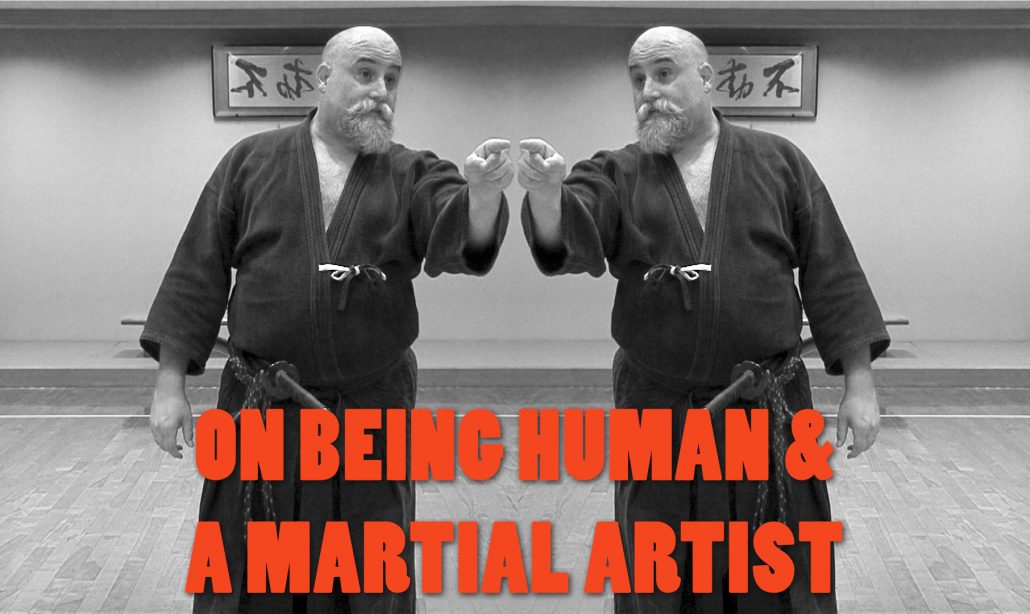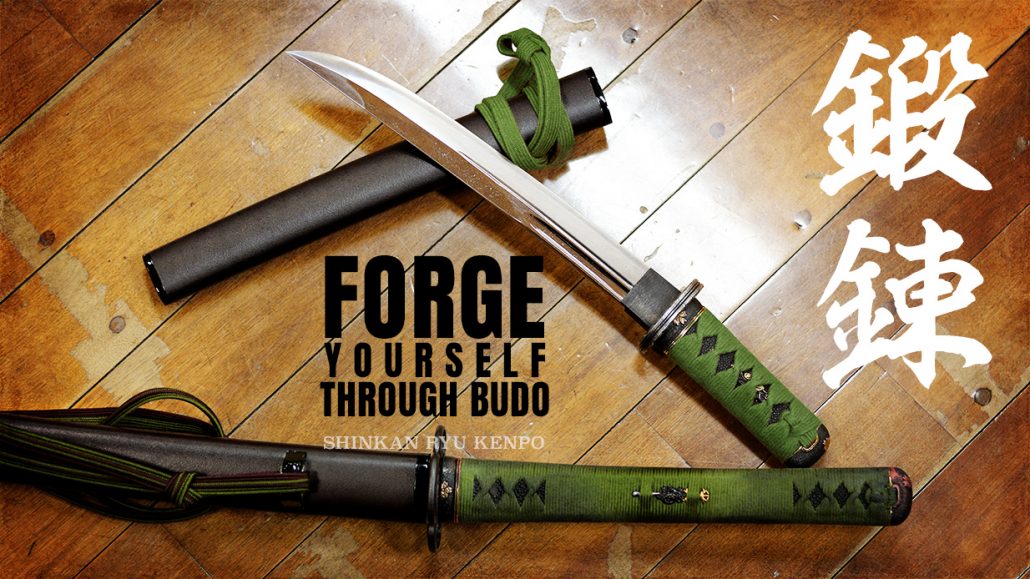The car at the bottom of the hill needs a sustained gas pedal to move up and get to the top.
Tapping the gas pedal once or twice won't get the car up the hill.
Our martial arts practice, when sporadic also moves nowhere. Whatever we are practicing. In bujutsu, our waza needs almost constant input from our bodies and minds. At the beginning of learning bujutsu, we must repeat physical waza often. At least a few times a week. It is easy to put it off until next week or month.
Thinking of the car and the hill is helpful. We need sustained effort to go up the hill and get to the plateau. Even after surmounting the hill we need to have the energy for all the other hills. Plateaus as well are often more dangerous places to reduce the energy of the training. Practicing when we do not want to is part of our shugyo.
We do not need to rush, but we do need sustained commitment each day and week to move past the obstacles. Sustained application of thought is crucial. When in a negative mind that hinders progress, we must be aware of it and use energy to move out of such a state. Hindrances should be observed and overcome with mindfulness.
Learning in the dojo requires commitment. Learning iaido or kenjutsu online requires even more. We must try our best even during times of mental and physical duress.

ラジカスキー真照
館長Saneteru Radzikowski is the head sword instructor of Shinkan-ryū Kenpō. He lives and teaches Iaijutsu and Kenjutsu from Nara, Japan.
Estás Involucrado en un Culto de Artes Marciales?
Recientemente tuve una conversación con alguien que se refirió a su escuela como una genuina...
What is Koryū?
Japanese martial arts are usually defined in two groups. Pre-modern and modern. There are no...
Is Studying Multiple Martial Arts Ok?
Many people study more than one martial art. There can be varied reasons, such as...
Kata: Classical Japanese Samurai Training Method
Bujutsu Kata Training in martial arts can be done in different ways. One of the...
Shugyō and Keiko Martial Arts Practice
Practicing and Studying There are two main words used about practicing and learning in martial...
Is Compassion Important In Martial Arts?
What is compassion? Compassion is a concern for the suffering or problems of others. The...
Code of Bushido Righteous Heart
Being righteous and doing the right thing is one of the foundations of body and...
Sword Control
We should not let our mind or body or sword become contorted or controlled by...
Speed, Martial Arts and Samurai Theater
What’s the difference between bugei 武芸 (martial arts) demonstrations and stunts? People are awed by...
Mushin State of No Mind In Martial Arts
I would like to express my thoughts on the concept of mushin no shin —...
Too Many Martial Arts
The koryū of Japan are not self-defense arts. Although they can be authentic and certainly...
Practice. Time Is Fleeting
In #budo as well as life, in general, we should avoid wasting time. We need...
The Point of Iaido & Tame
Pardon the pun, but the point of iaido is important to keep. When we practice...
Kesagiri: Anatomy of A Sword Strike
In Japanese swordsmanship, there have been many hundreds of schools. There are, however, only a...
What is true budo?
Studying the arts of fighting leads to peace. The pursuit of martial arts has one...
How to learn kenjutsu?
How to learn kenjutsu? Learning anything as profound as a martial art needs a teacher....
Basic Blocking In Kenjutsu
Please enjoy this informational budo video about sword blocking in classical Japanese kenjutsu. https://www.youtube.com/watch?v=_NfMrHpeGKM
Tachi Iai & Suwari Iai Demonstrations
[fusion_builder_container hundred_percent="no" hundred_percent_height="no" hundred_percent_height_scroll="no" hundred_percent_height_center_content="yes" equal_height_columns="no" menu_anchor="" hide_on_mobile="small-visibility,medium-visibility,large-visibility" status="published" publish_date="" class="" id="" background_color="" background_image="" background_position="center...
Narrow Minds Walk Narrow Paths
Narrow Minds Walk Narrow Paths There are a lot of martial arts to enjoy. There...
Happy Setsubun
鬼は外! 福は内! In our house we dont use beans to chase out the demons, we...
On being human and a martial artist
It is difficult to wind through the brambles and thorns of life. It is impossible...
Forge Yourself Through True Budo
You can jump and twirl around and whip about your sword as quick as you...


